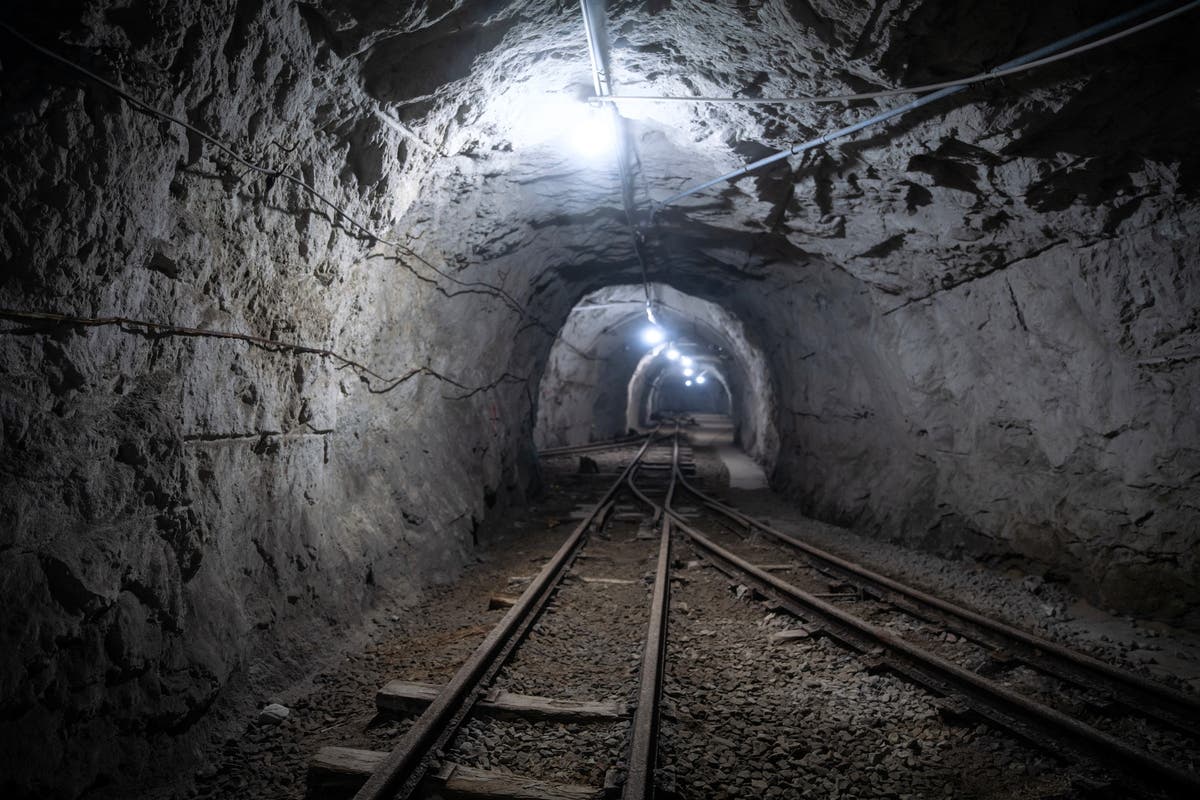An abandoned mine in Finland is set to be transformed into a giant battery to store renewable energy during periods of excess production.
The Pyhäsalmi Mine, roughly 450 kilometres north of Helsinki, is Europe’s deepest zinc and copper mine and holds the potential to store up to 2 MW of energy within its 1,400-metre-deep shafts.
The disused mine will be fitted with a gravity battery, which uses excess energy from renewable sources like solar and wind in order to lift a heavy weight. During periods of low production, the weight is released and used to power a turbine as it drops.



Alright, I’ve been to high school but never understood “Wh”. For speed we say “They are moving at
25 km/haka 25km per hour” --> in one hour the object will have traveled 25km. per indicates division. Same for flow rate (cubic meters per second --> l/s) --> “The swimming pool of 5m³ was filled at0.5m³/hand took 10h to fill”.If something generates or consumes 10W per hour, shouldn’t that be 10W/h not 10Wh? If I hold an object that weighs 100g for an hour, doesn’t that mean I have been exerting myself at the gravitational force of the 100g object for 1 hour -->
(100g * 9.832m²/s) / h-->(100g*9.832m²/s) / 3600sand thus the units beingg * m² * s⁻²which are joules? How does that equate to “watt hours” Can somebody explain this to me conceptually? It makes no sense to me.CC BY-NC-SA 4.0
What you’re forgetting is that Watt isn’t a unit of energy, it’s a unit of power, that is energy per time. So you wouldn’t say something generates 1W per hour, you’d just say something generates 1W. And if you multiply that by a unit of time, you get total energy. So an engine producing 2MW running for 5h would produce 10MWh, or 36GJ.
deleted by creator
That should be 100g * 9.832m/s², or better yet 0.1kg * 9.832m/s² to get a number in newtons (N).
From a high school physics perspective, holding a 100g object steady for any length of time does no work, since work is force applied over a distance, measured in joules (J). What you do have is gravitational potential energy. Potential energy is the ability to do work, also measured in joules. Once you release the object, then you actually start getting numbers for work and power.
Power, measured in watts (W), is work done per unit time. So 10W/hr would be (10J/s)/hr. I guess that would be the rate of change of power consumption, if that were useful to you?
In theory, energy and work should be measured in joules. Simple as that. But this unit of kwh (kilowatt∙hour) has come into vogue, presumably because that’s what power utilities show on the meter outside your house? 1 kW∙hr = 1 kJ/s∙hr ∙ (1000J / kJ) * (3600s / hr) = 3.6MJ. So now we’re back from power to energy consumption.